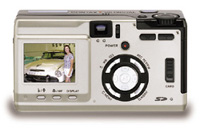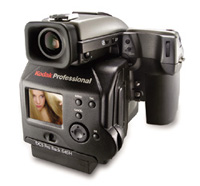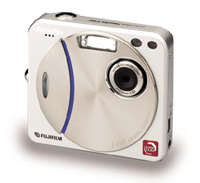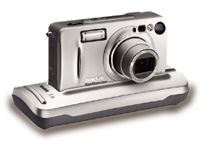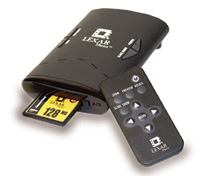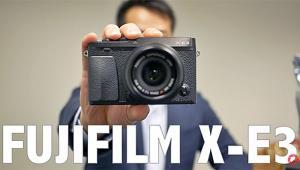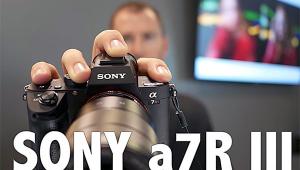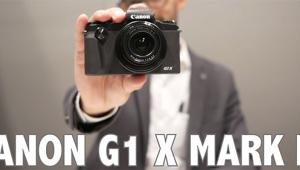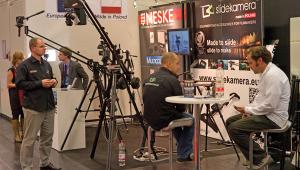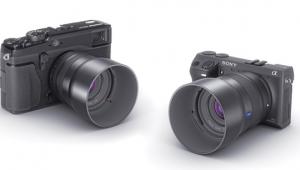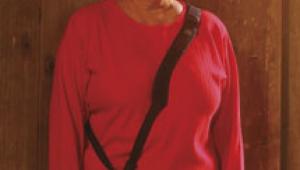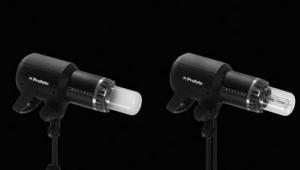Greetings From The Planet Pixel
At photokina 2002 I got a glimpse
of photography's future and--surprise--it was digital.
Was it just a coincidence that the building next door to my Fawlty Towers
hotel was called "Planet Pixel?" Is It Real Or Balsa Wood? Four Thirds, And
Forward |
|||
Canon's New Digital
SLR Kodak's 14Mp SLR |
|||
Foveon/Sigma Delivers Hasselblad H1 |
|||
DigiBacks |
|||
Point And Just Shoot Me |
|||
Reminding me more of "Barbie's
digital Leica" than anything, Minox (www.minox-web.de)
rolled out a miniature digital Leica M3! Yes, boys and girls, the Minox
Digital Classic Camera Leica M3 (it almost takes more space to type it
than the length of the camera body) is a 1.3-megapixel digicam that is
so infinitely impractical that you just gotta have one. With its cute
tiny flash gun, you know Ken's gonna want one, too. Minox also offers
"real" digicams, too, such as the DC 3311, which has 3.3 megapixels,
3x optical zoom, and 2x digital zoom. While lacking some of the quirky
charm of Minox film cameras, it's interesting enough to escape the
boring digicam syndrome and delivers 2048x1536 resolution in a stylish,
though Teutonic, package. |
|||
You don't need a lot
of pixels to have a lot of fun. Samsung's (www.samsungcamerausa.com)
elegant and sleek, Digimax 240 is a 2-megapixel digital camera with a
3x optical and 2x digital zoom and 1.6" LCD monitor for preview
and review in multiple languages. Other features include a video clip
function for capturing motion that's limited only by the available
memory. Images are stored on an internal 8MB flash memory or SD/MMC card.
There is also a DPOF (Digital Print Order Format) function so that images
can be printed without transferring them to a computer. |
|||
An SLR that's more likely
to be used by some pros on assignment, if only as a back-up, is Minolta's
(www.minoltausa.com)
new DiMAGE 7Hi which features a 2/3"-type CCD image sensor with
5-megapixel effective resolution. The camera incorporates a 7x zoom Apochromatic
Minolta GT lens with two anomalous dispersion glass elements, combined
with a 2x digital zoom, providing a compact lens design with a wide image
capture range. The optical zoom lens range is equivalentto 28-200mm. Software Vs. Hardware |
|||
Making It Real Another Day In Digital |
- Log in or register to post comments




